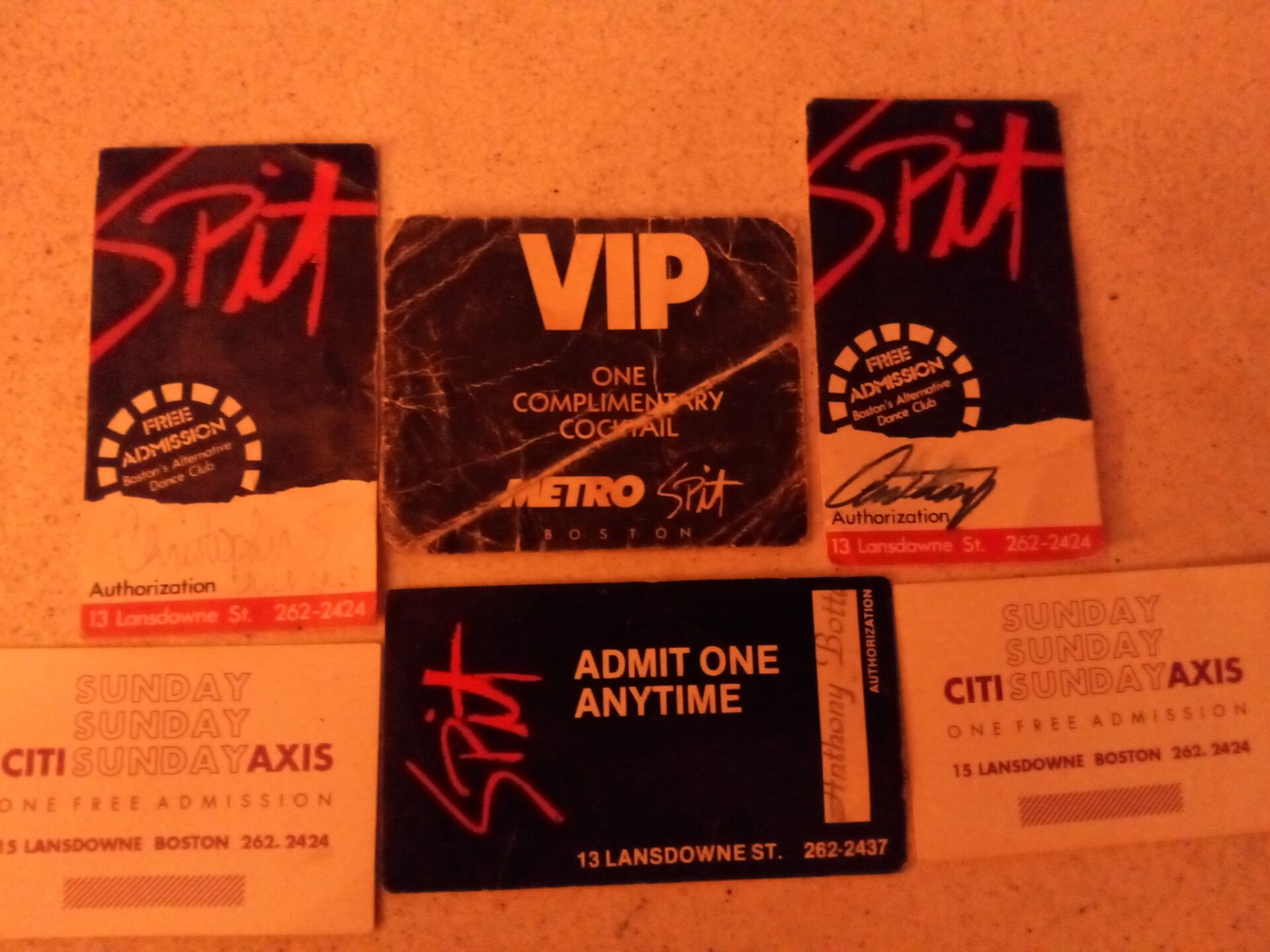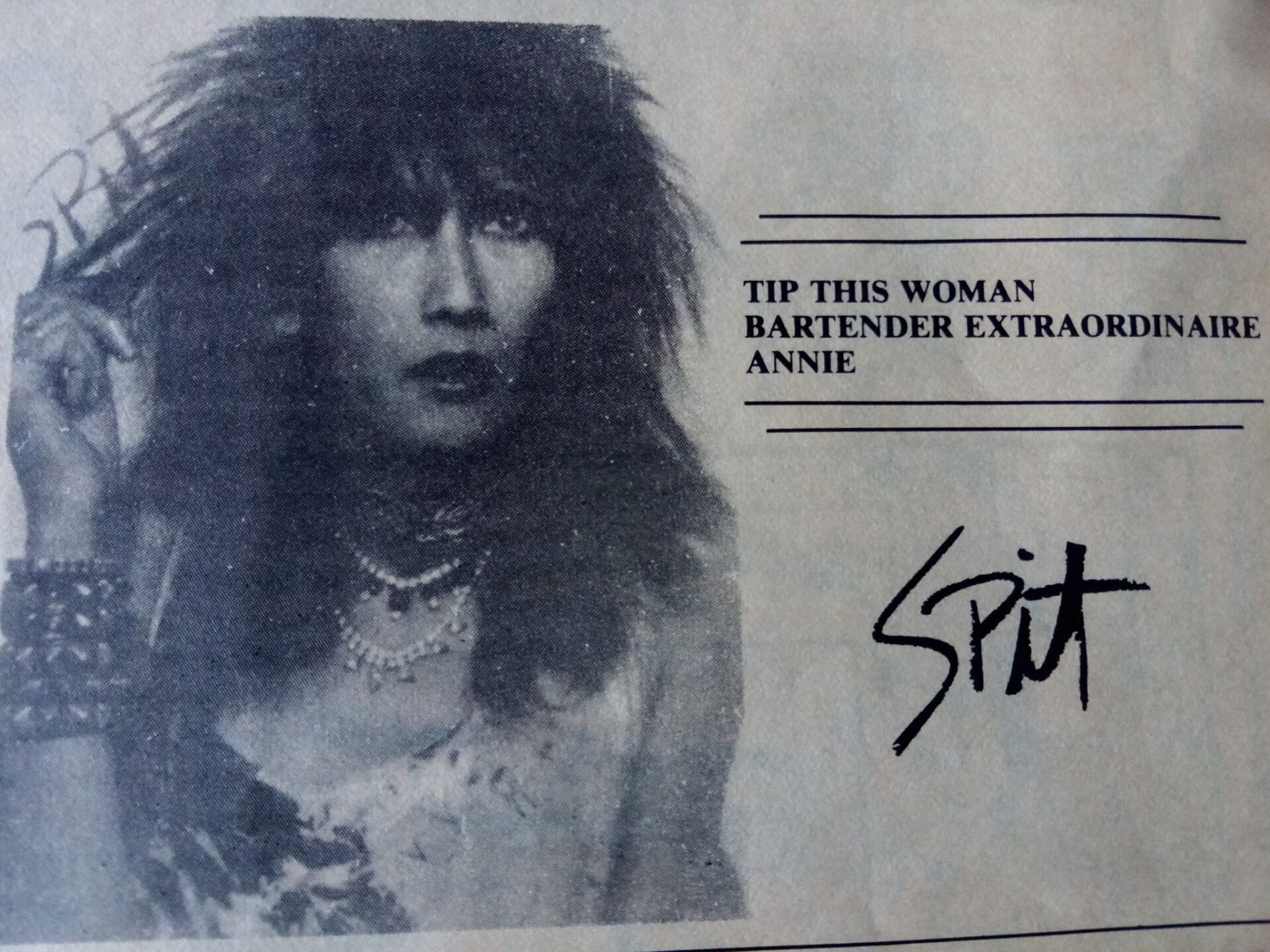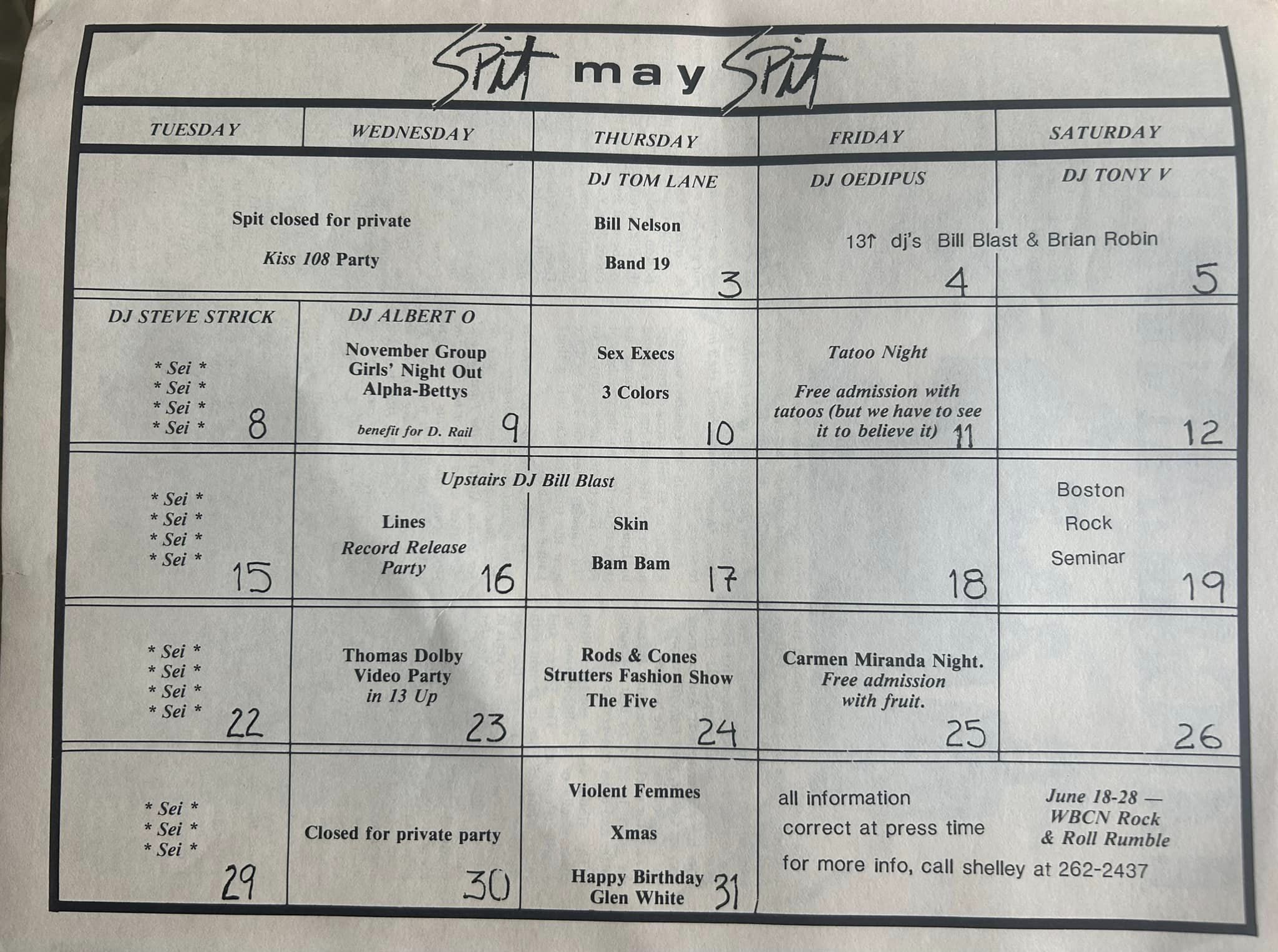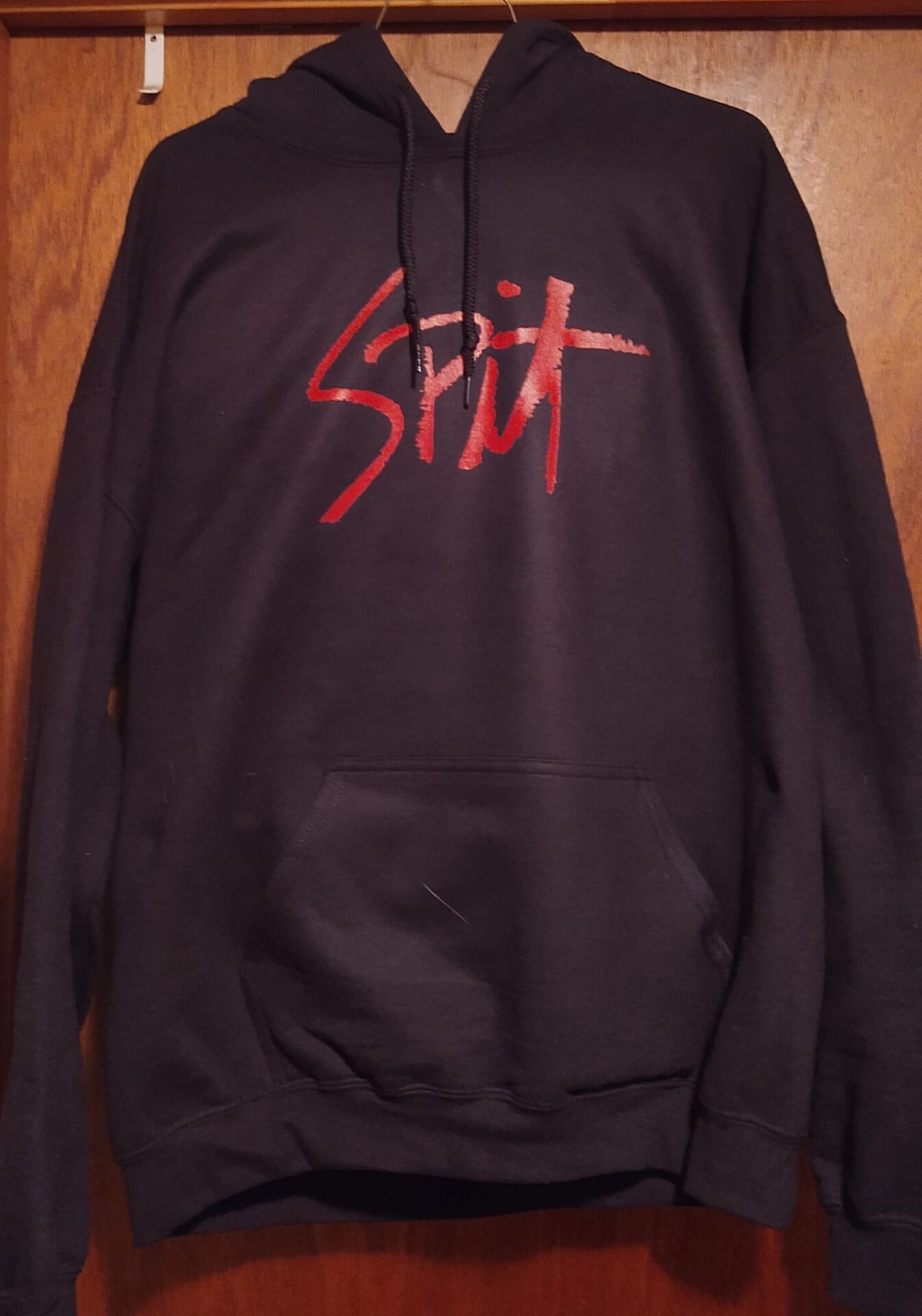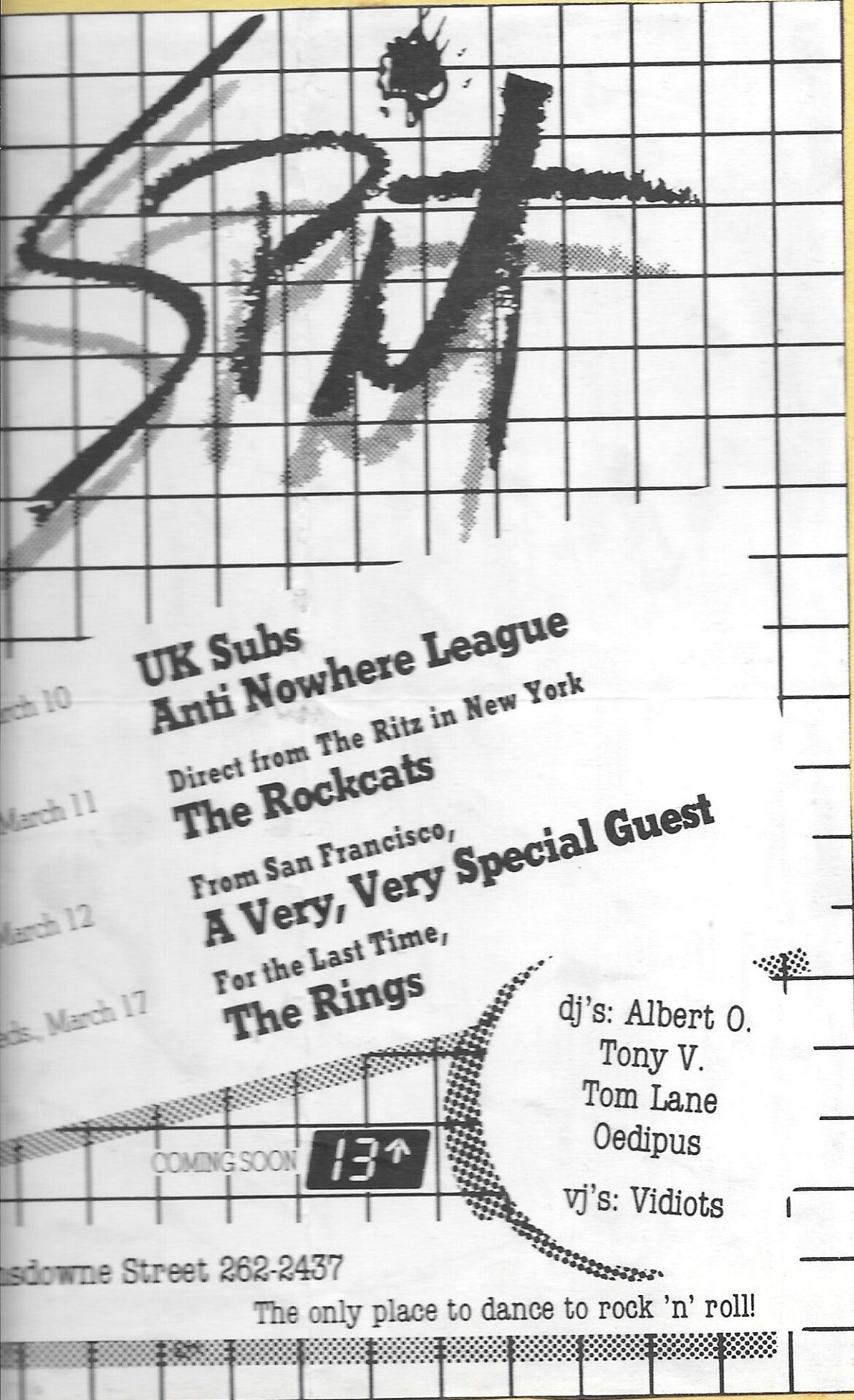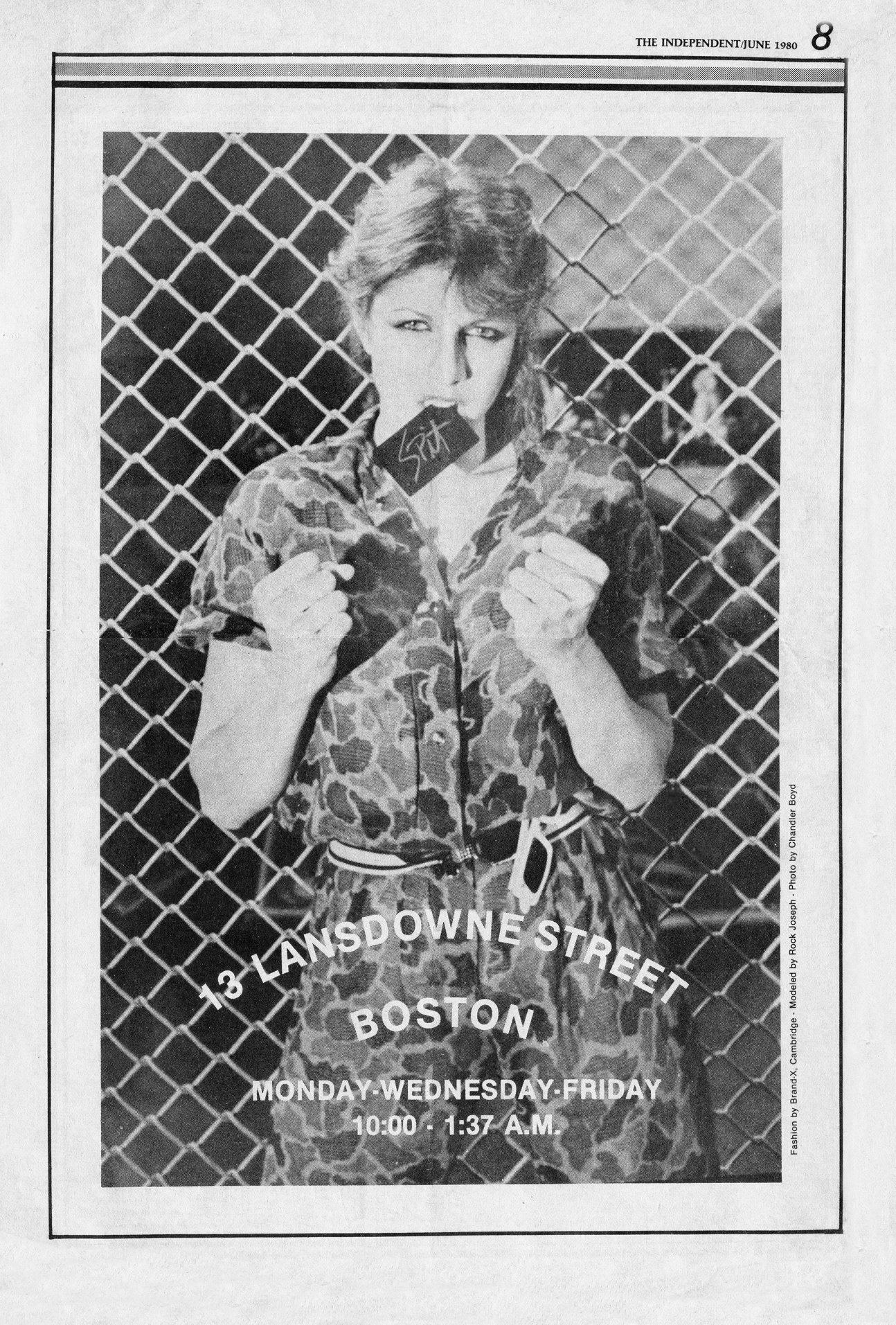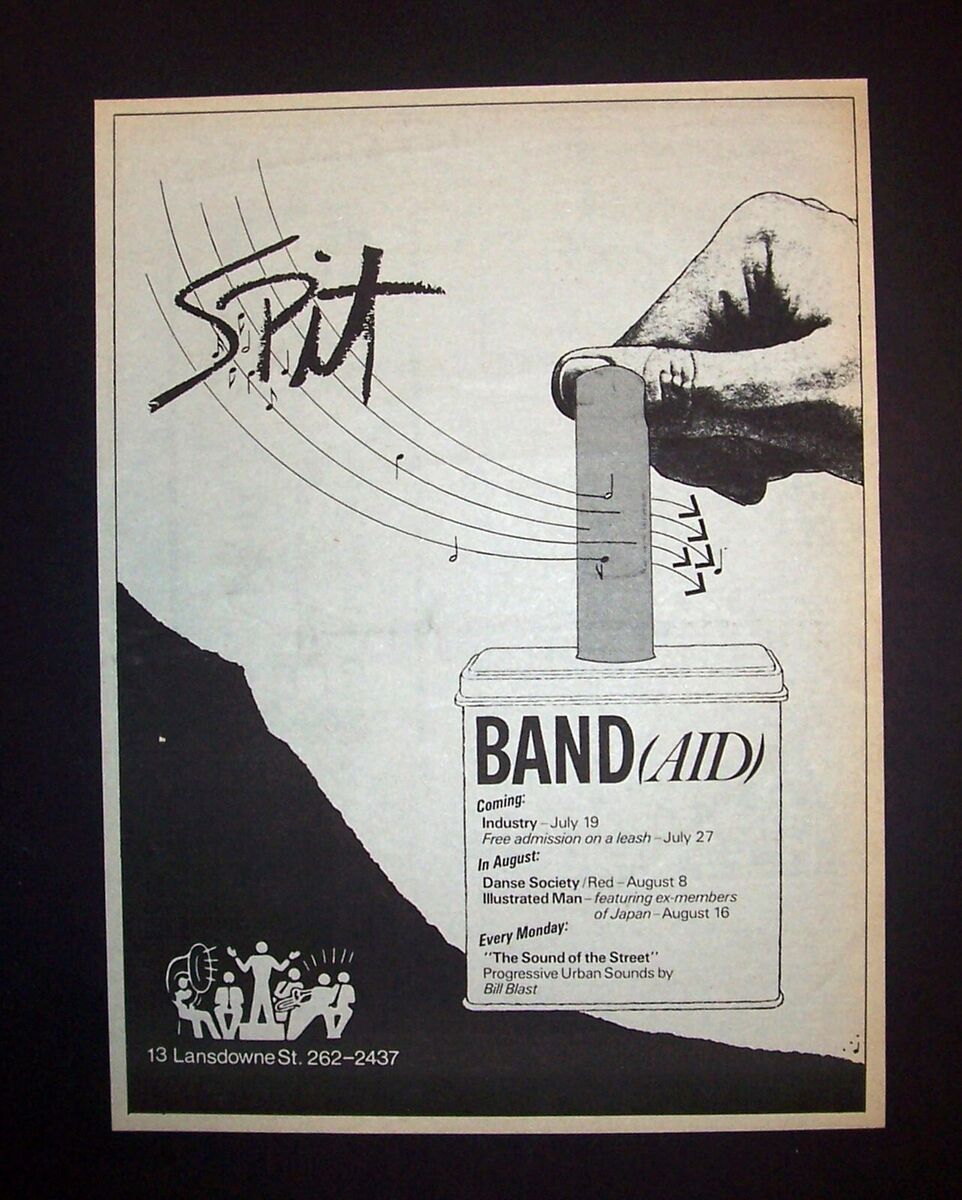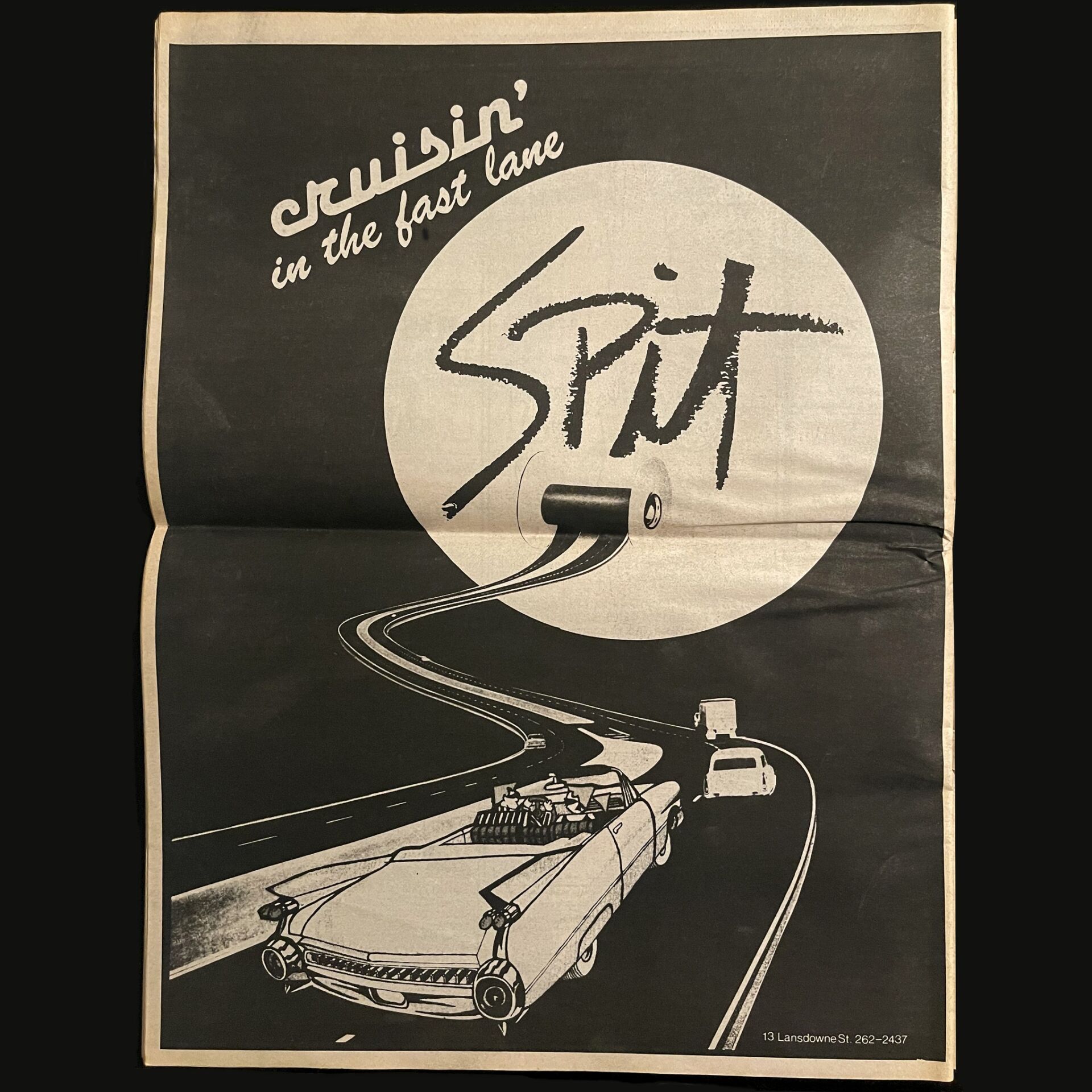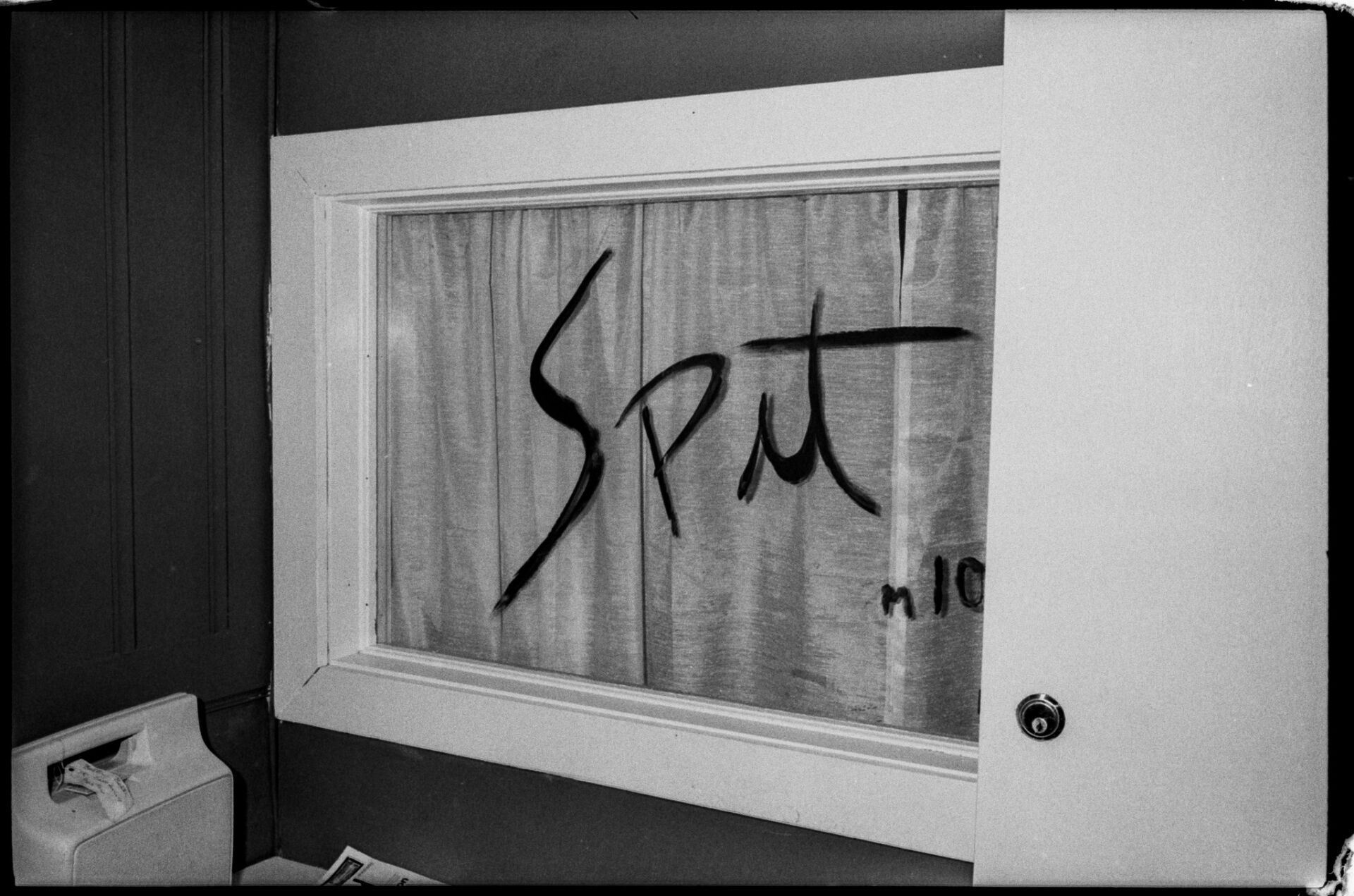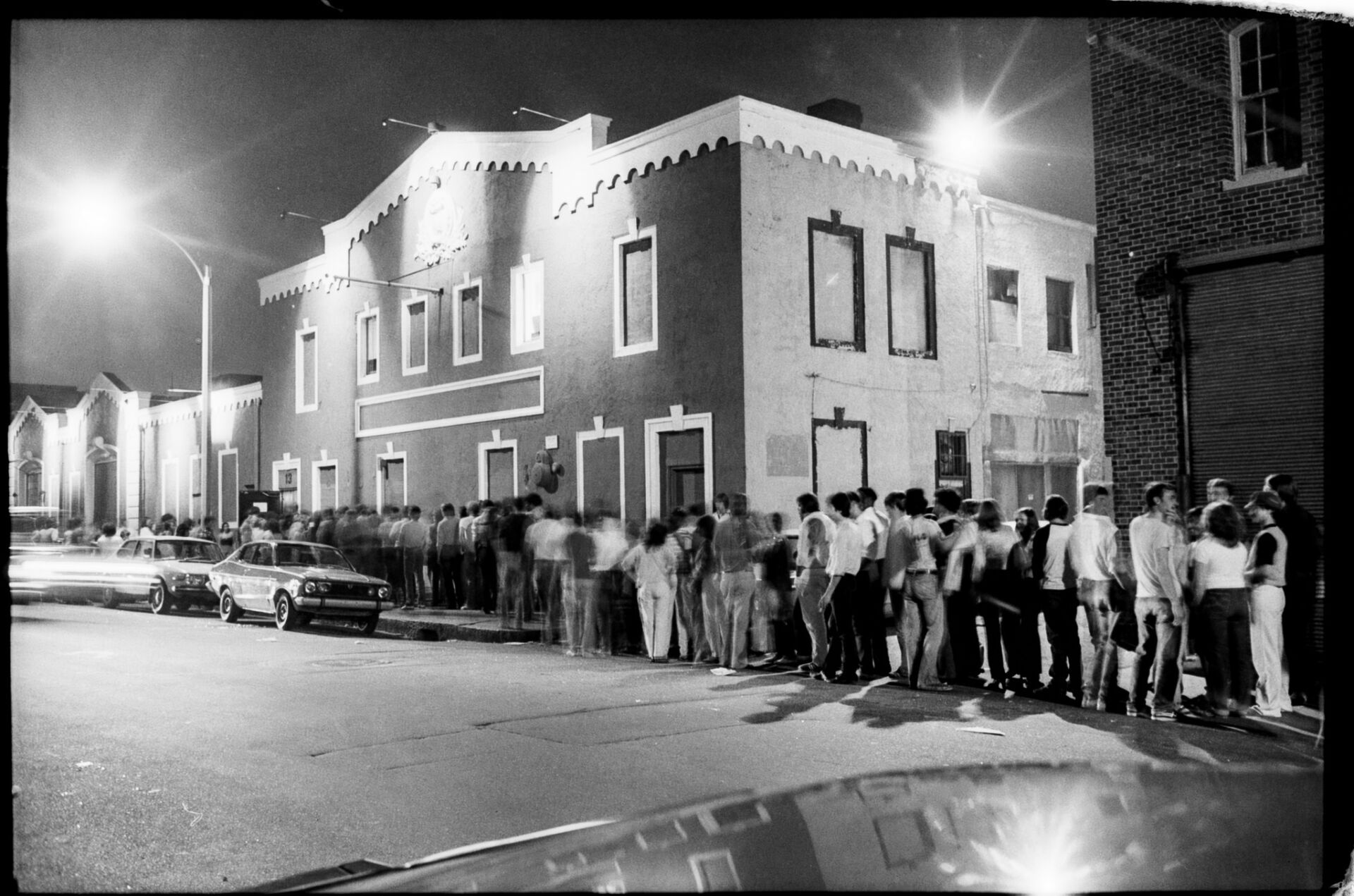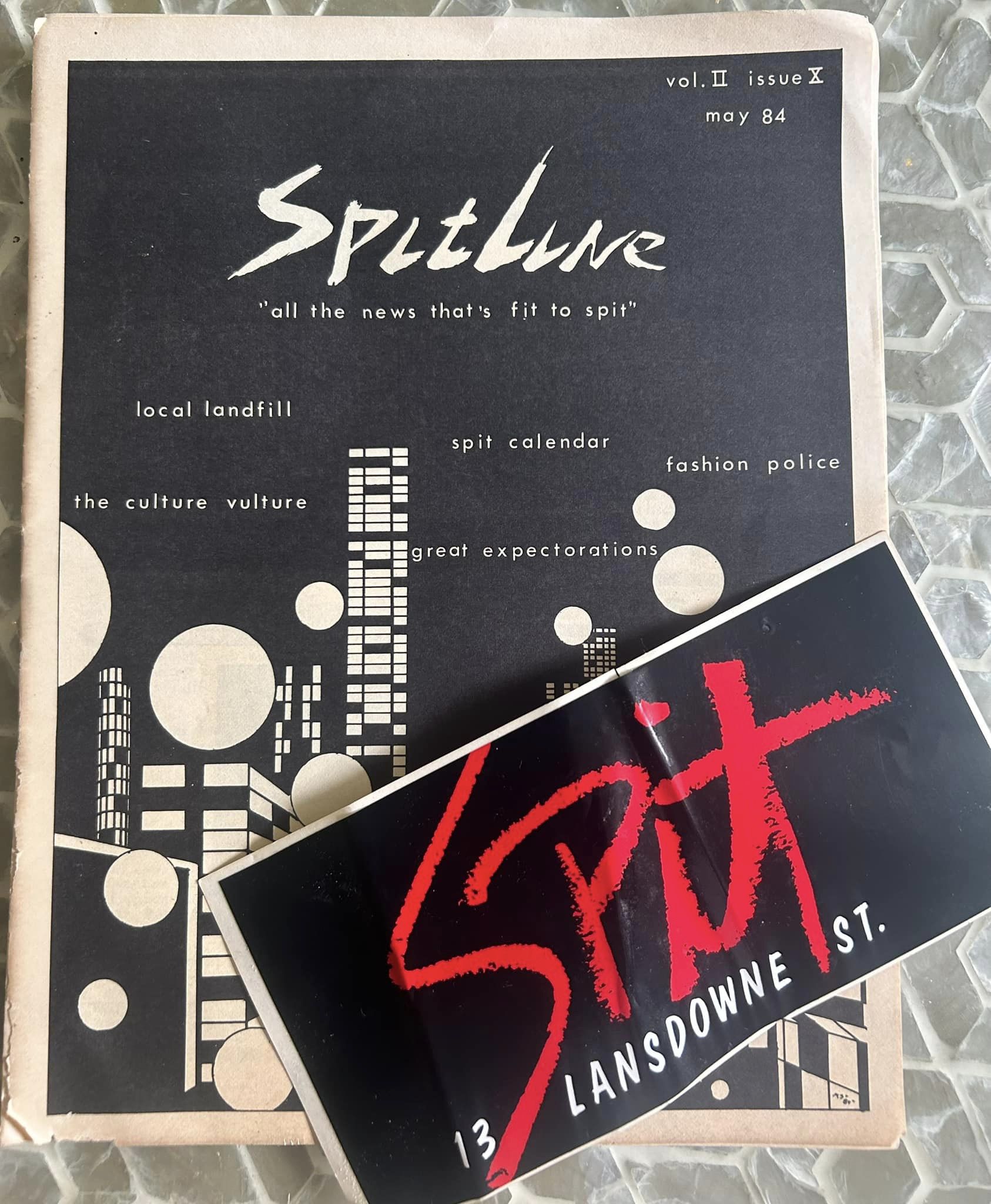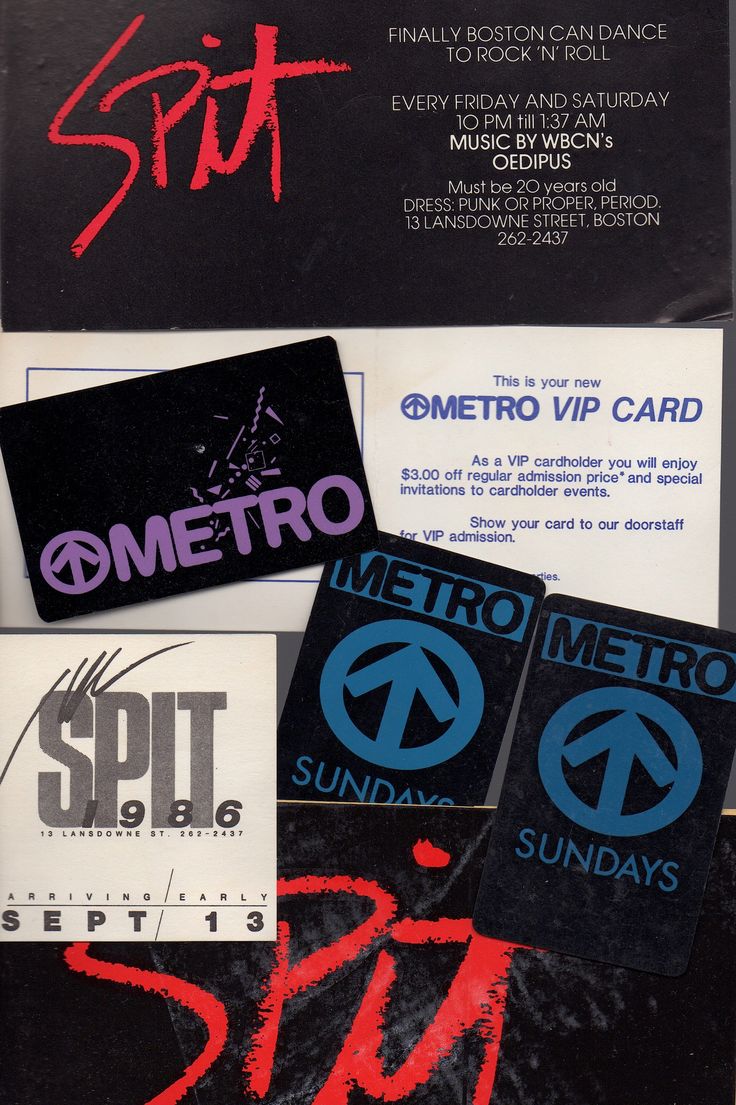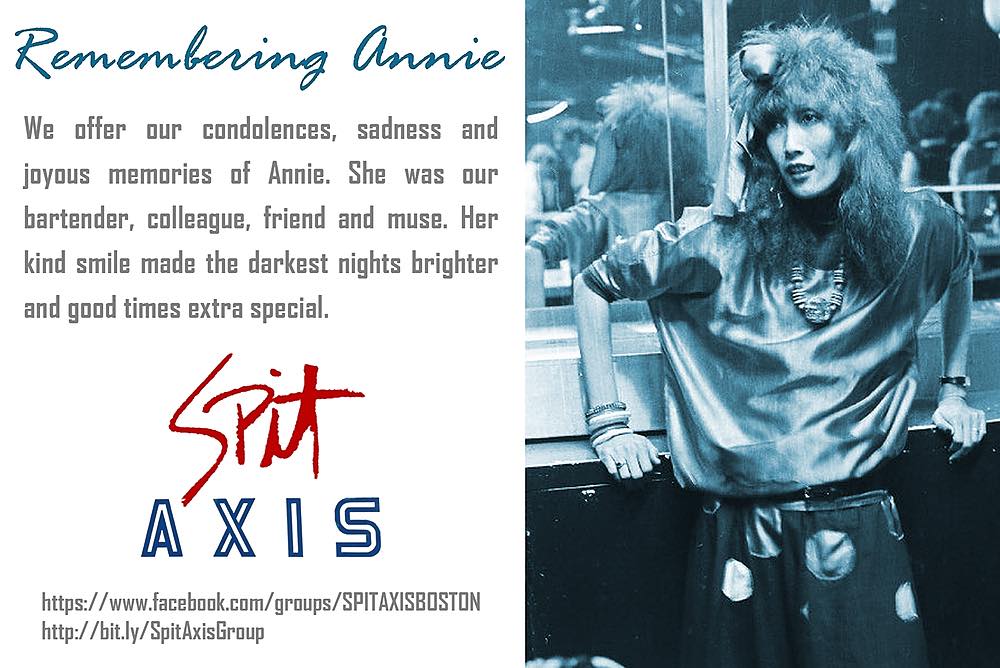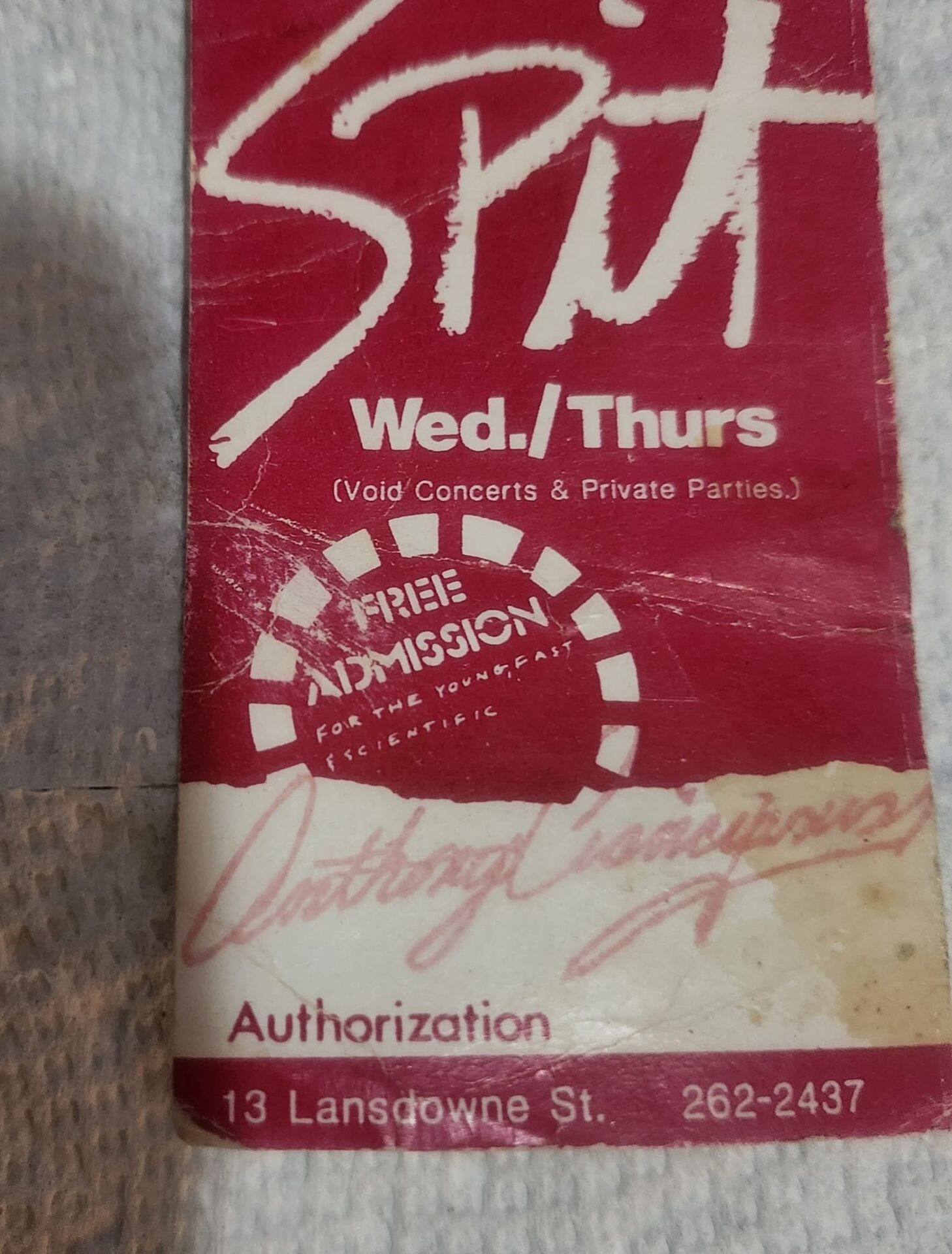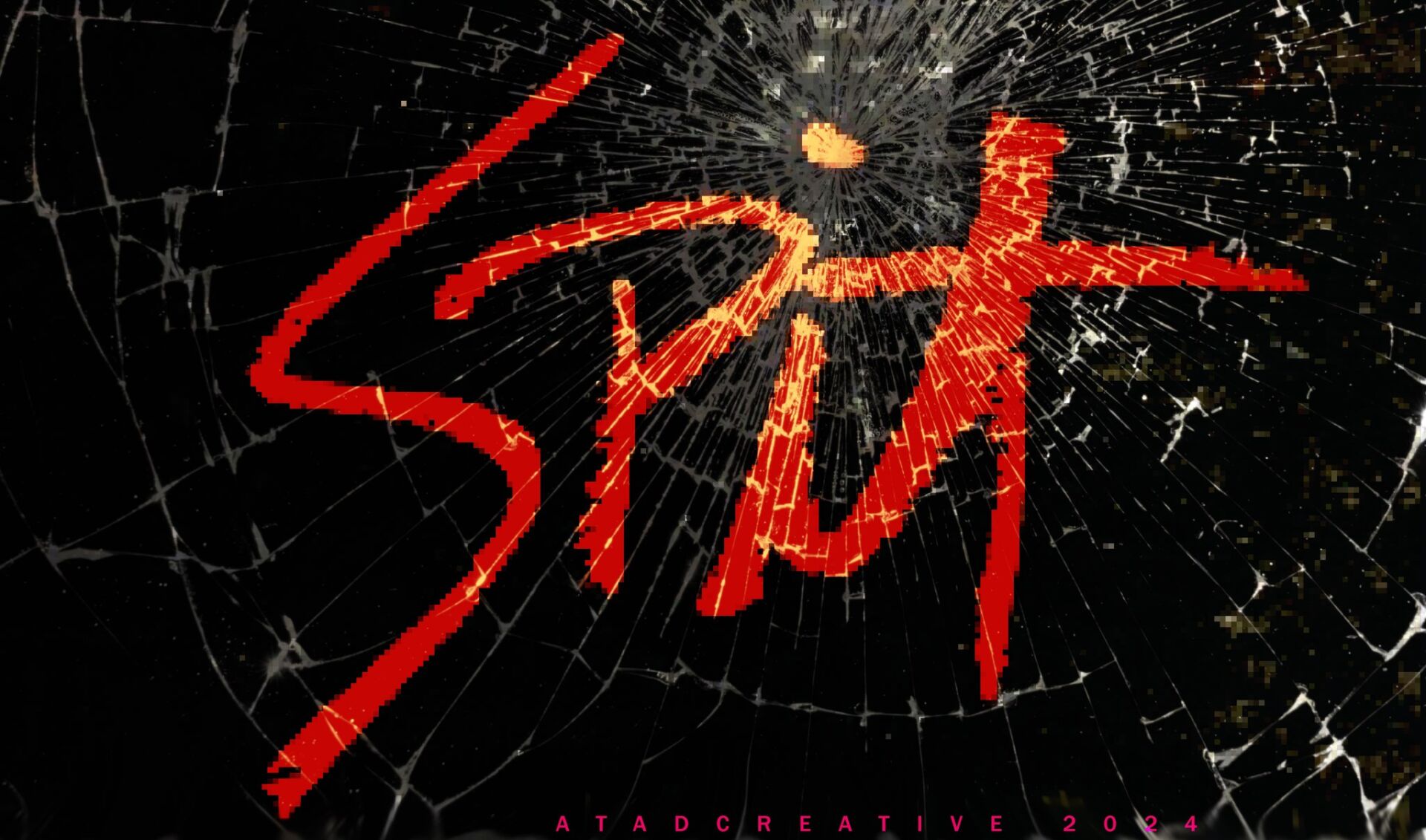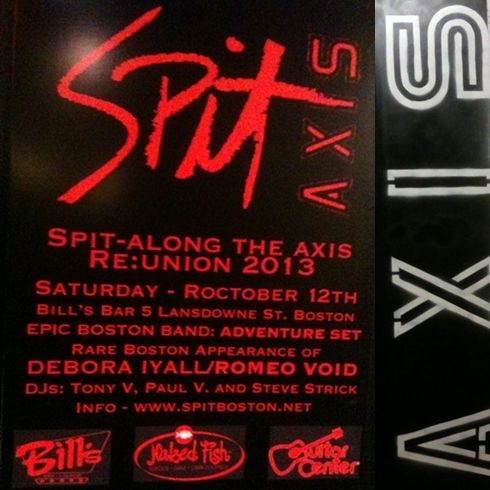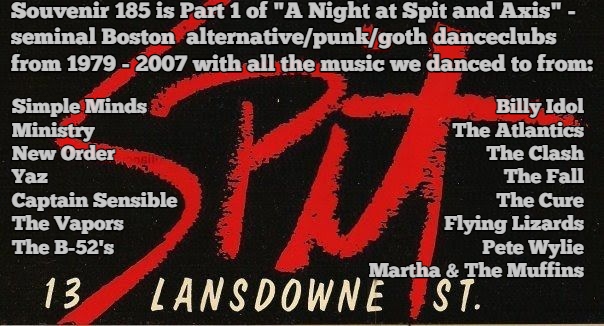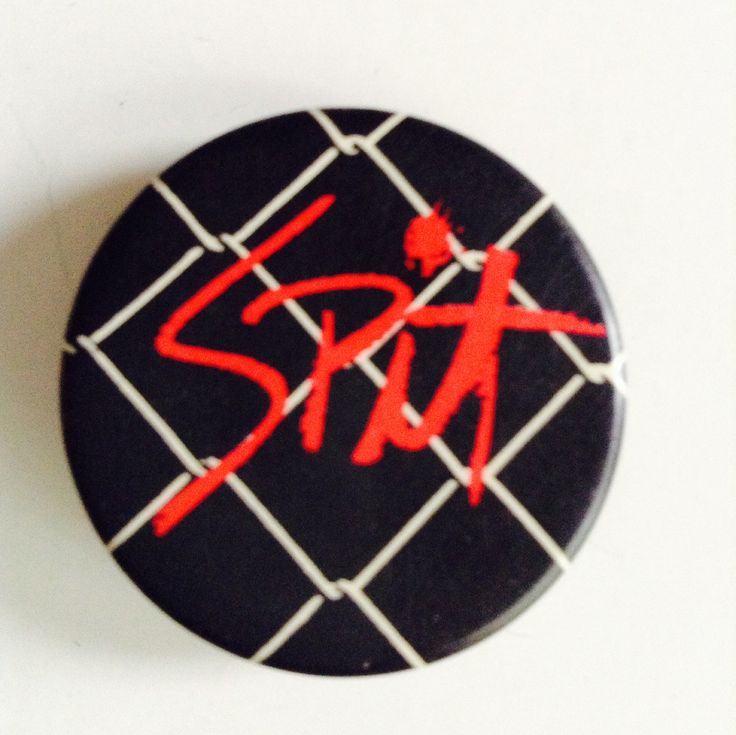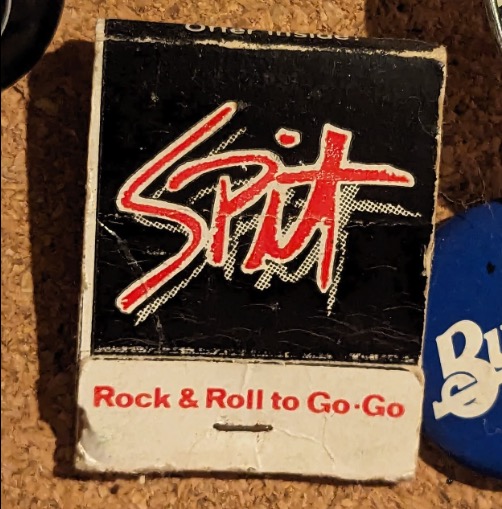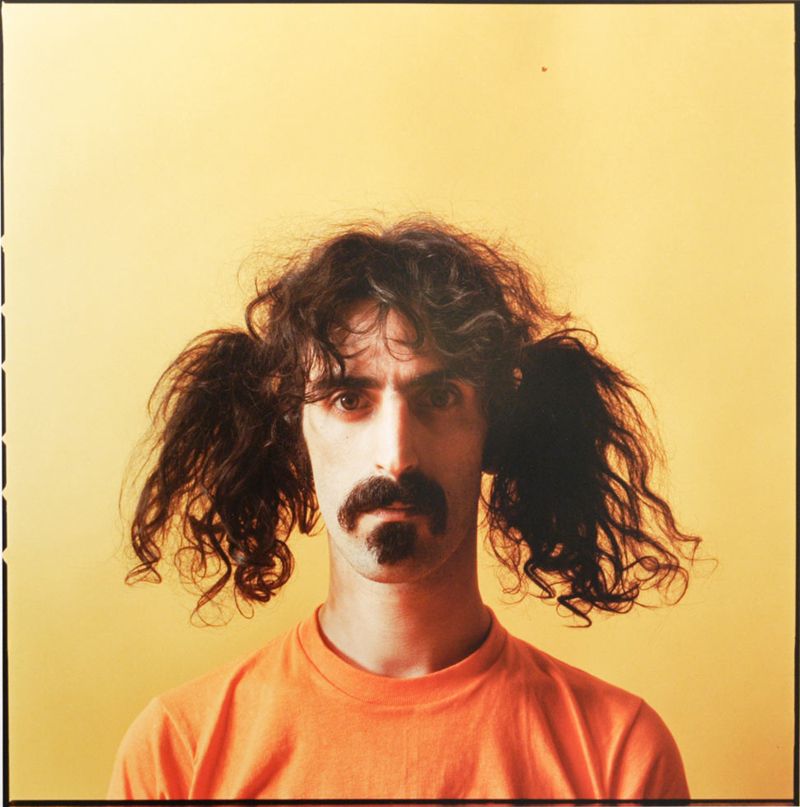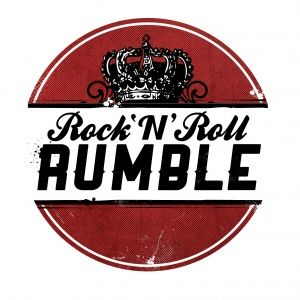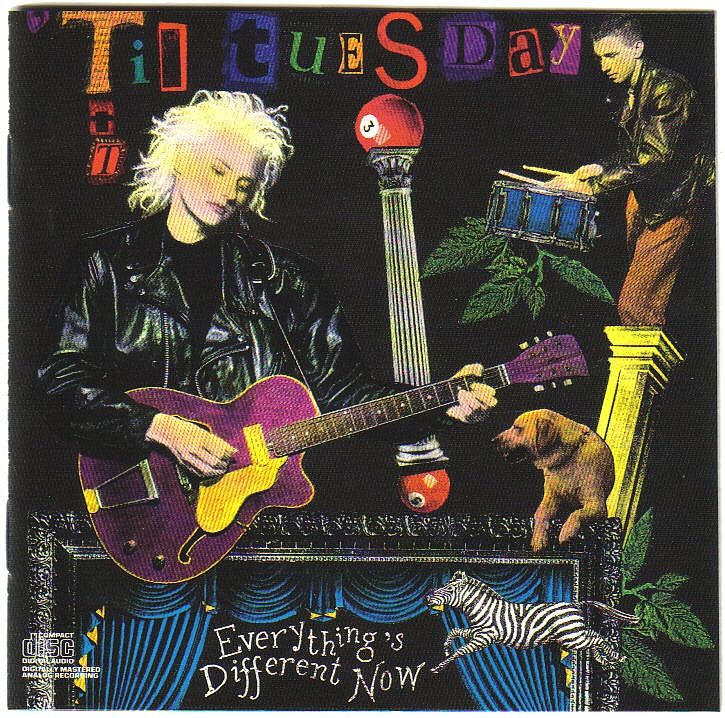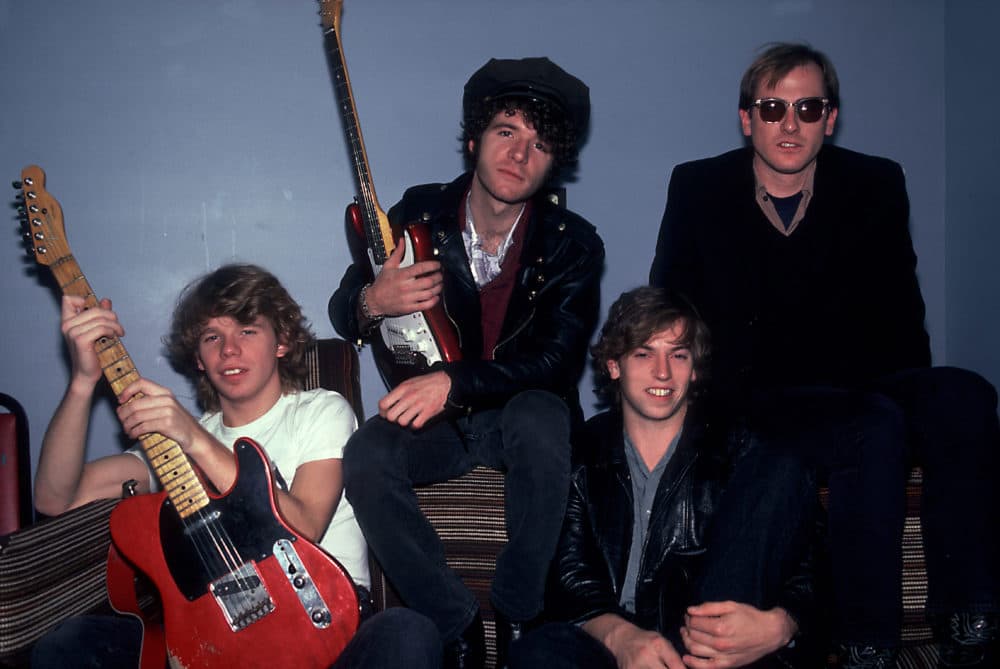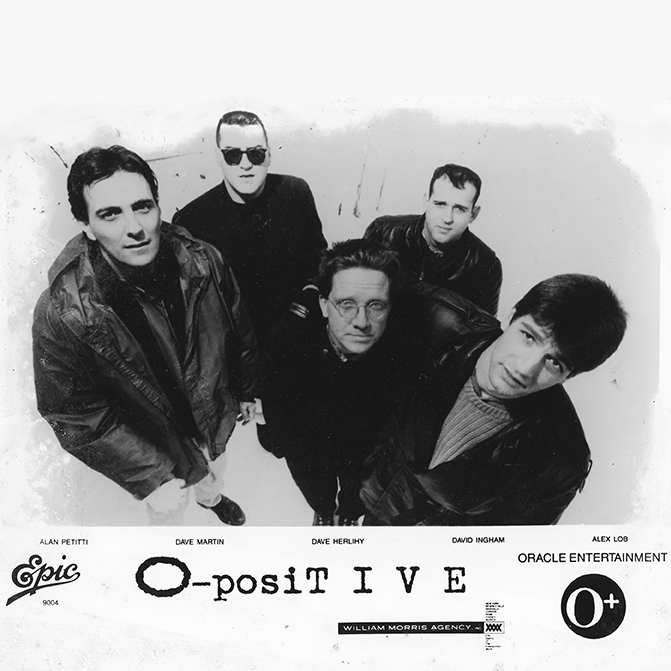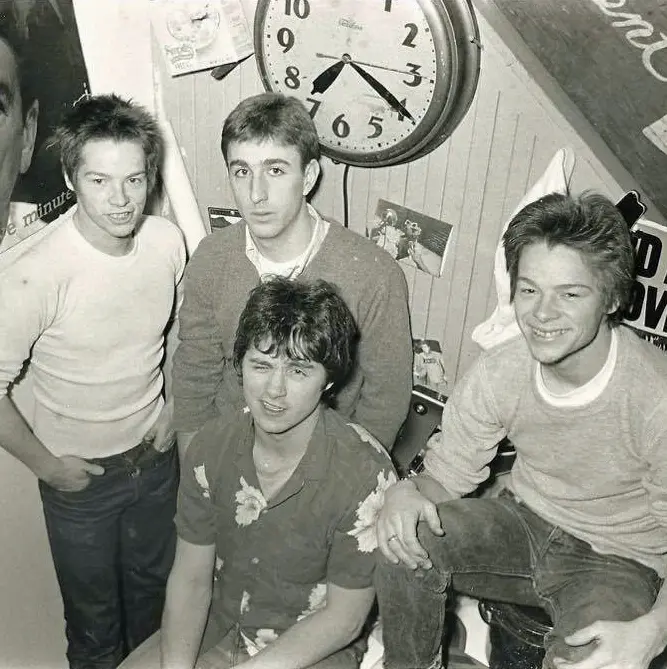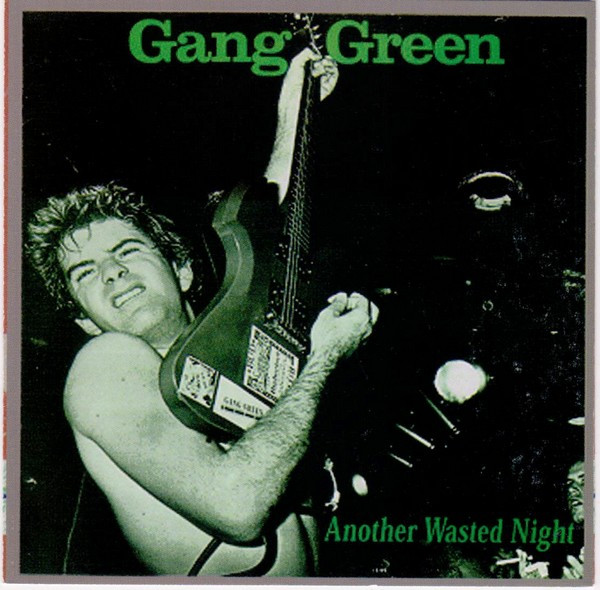Spitting on Lansdowne Street
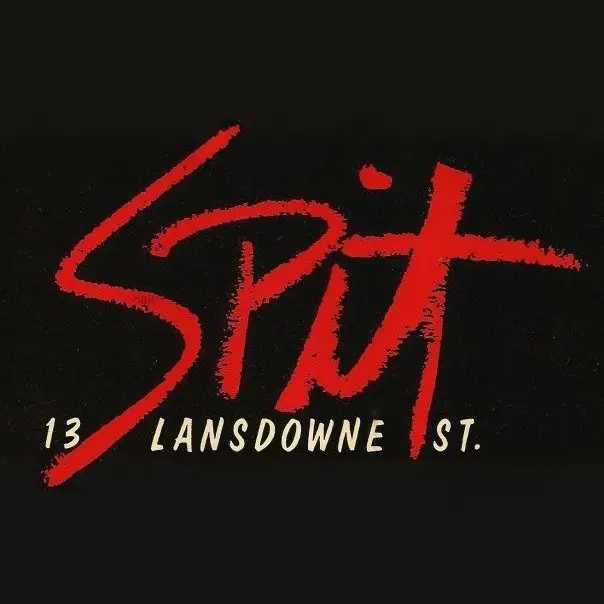
It was May of 1981 and I’d just turned 20, which in those days meant that I could legally drink in Massachusetts. My older friend Jimmy wanted to take me out to celebrate and he was a regular presence at several Boston clubs (especially the gay ones) so I knew I was going to have quite an evening. After we’d hit a few spots, he smiled and said, “Now we’re going to Spit.” I’d never heard of the place but I was more than happy to tag along. Looking back decades later, I can see what a huge impact going there that night had on me.
The club was on lower Lansdowne Street (opposite Fenway’s back wall) and the area was poorly lit, which only added to the experience. We approached the building, which was black with one small door, got in line and waited to get in. I noticed the patrons’ outfits immediately: leather, torn shirts, black fishnet, chains, spikes and even some electrical tape. As we got closer to the entrance, we could see the sign announcing the dress code: “No polyester, no polo shirts, no leisure suits, no gold chains.” Luckily, I wasn’t wearing anything that would prevent me from entering (though my clothes didn’t exactly “fit in” with the rest of the crowd’s).
Once we got past the bouncer, we walked through a short black tunnel while The B52s’ “Private Idaho” pounded in the background, shaking the whole floor under my feet. Once inside, almost everything you saw was black. Black walls. Black floor. A black ceiling with chain-link fence and barbed wire. The focus was on the bands and the dancing – not something as relatively silly as décor – even though the stage and the dance floor could hardly be called “big.” On hot summer nights, they’d open the back doors and let the heat from the club spill out onto the Mass Pike. The bar upstairs was called DV8 (colloquially known as “Spit Up”) and it wasn’t unusual to see artists like Bono, Prince and Billy Idol sitting on a couch there after headlining one of Boston’s larger venues.
Opened in the fall of 1979, Spit had a capacity of roughly 600 and became an oasis for those seeking to escape the plastic bands of the ‘80s, meaning music lovers who wanted more than big hair, spandex and the same old three chords. It was one of the Boston clubs where punk, postpunk, hardcore and new wave not only set their roots but also pushed the artistic limits because the music was raw, hard and real. Basically, it represented the Wild West of what was possible and none of the music was passive, regardless of the particular genre. All the songs practically screamed, “Let it all out!” – and we did.
A wide variety of punk and new wave bands that had gained popularity in London and New York made their way to Boston and the ones that played at Spit were a who’s who of the new scene. People came to hear The Ramones, Divinyls, Mission of Burma, The Smithereens, Romeo Void, The Pogues, Cactus World News, Human Sexual Response and The Vapors, to name a few. In 1984, The Red Hot Chili Peppers performed at Spit in their signature attire: fully naked except for athletic socks covering up their business. Sometimes the club wouldn’t announce the acts in advance but people flocked there anyway to see whichever group was playing on that particular night. When there wasn’t a live band on the bill, the DJs played stuff like The B-52s, The Cramps and Soft Cell. But Spit wasn’t like other clubs that played music just for listening purposes. We went to there to dance, and dance hard. Period.
Along with the artists on the stage, the club’s bartenders were considered rock stars of a sort and encouraged to participate with the crowd, sometimes leaving the bar to dance among the paying customers. One of them, Dini Lamont (of Human Sexual Response) squirted bad dancers with seltzer on a regular basis. He also invented the famous “Mat” drink, which included all the spilled liquors from the night poured into shot glasses. They were $10 each in the early and mid-‘80s (about $30 in 2024), which was a serious chunk of change for many Spit patrons.
Sometimes the musicians got directly involved with Spit employees, too, like the time Frank Zappa bought a Spit t-shirt and asked a club staffer if people would spit on him. She replied, “Buy one, try it on and see what happens!” He did – then she spit on him. Zappa smiled and bought t-shirts for his entire band and crew. The club held regular special events, and Halloween was a treat since it was a night of extra-wild outfits and songs like the Cramp’s “Goo Goo Muck” until Human Sexual Response came on stage. As if seeing the Humans performing on Halloween wasn’t enough, management suspended black fishnet over the dance floor so the band could crawl out over the crowd. Just wild.
I went to Spit so often over the years that I even had an official Spit card. I watched the WBCN Rock ‘n’ Roll Rumble on several different years from the DJ booth above the cramped dance floor, which was the perfect perch to see the bands fight it out. Groups like ‘Til Tuesday, The Del Fuegos, O Positive, The Dogmatics and Gang Green pushed to prove they were the best at their craft and I saw Stray Cats play at Spit in July 1982, long before most Bostonians had even heard of the band.
As an epicenter for punk and new wave, Spit was more than just a club; it was an attitude. It was a place that allowed artists and audiences to break away from the lame music of the ‘80s and push the artistic envelope with newer, edgier, more exciting stuff. The venue transformed into an alt-rock mecca called Axis in 1987 and the building was torn down in 2007; on its bones now rests the House of Blues, opened in 2009. As for me, I’ve grown a bit old but I still have my official Spit card. I also have a Spit bumper sticker posted up high over my wood shop. Visitors look at it and ask, “Spit? What’s that?” I just smile and say, “It’s where I met punk.”
(by Jeff Booth)

